Cusco
Capital of the Incas Empire
Cusco
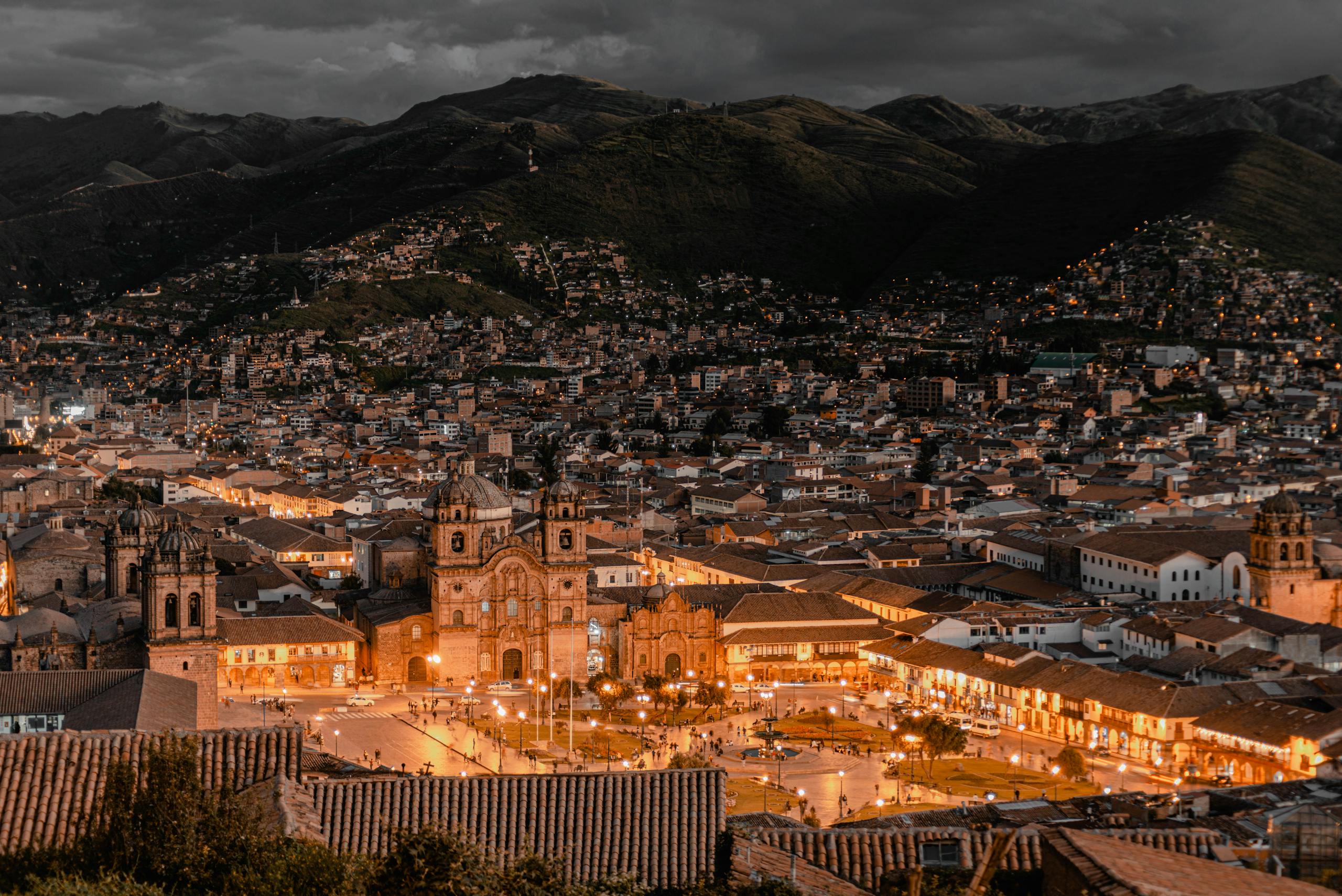
Cusco City (also spelled Cuzco), the famous capital of the Inca Empire and gateway to the imperial city of Machu Picchu, is one of the undisputed highlights of a visit to South America. With its stone streets and building foundations laid by the Incas more than 5 centuries ago, the town is also surprisingly dynamic. Enlivened by throngs of travellers have transformed the historic centre around the Plaza de Armas into a centre for South American adventurers.
Cusco City is one of those rare places that seems to be able to preserve a unique character and appeal despite its prominence on the international tourism scene. Cusco City was the Inca empire’s holy city, and it was also the focal point of the legendary network of roads connecting all points in the empire. The Spanish conquistadors knew that to take control of the region, it was essential to topple the capital city. This feat was accomplished after an epic battle at Sacsayhuamán.
Although the Spaniards tore down most Inca buildings and monuments, the found in many cases, that the structures were so well engineered that they built upon the very foundations of Inca Cusco. Many perfectly constructed Inca stone walls, examples of unrivalled stonemasonry, still stand. After a devastating earthquake in 1650, Cusco Citybecame a largely baroque city. The city showcases many layers of history.
Cusco Useful Info
Language: Spanish
Temperature: LiveForecast
Time Zone: GMT -5
Religion: Predominantly Roman Catholic 92.5%
Emergency #: 011 / 5114
Driving side: Drive on the right
Altitud: 3,400 msnm.
Temporada : between april and september
Cusco Altitude
Lowest point: 532 m.a.s.l. (Pilcopata)
Highest point: 4801 m.a.s.l. (Suyckutambo)
Cusco Weather
Variable in the highlands region with rain in summer. The medium temperature in the capital city is 12 ºC, the highest is 18 ºC and the minimun is around 4ºC. The highest zones have cold nights and warm mornings. The average anual temperature is 11ºC. In the jungle the temperature goes over 25ºc.
Cusco Attractions
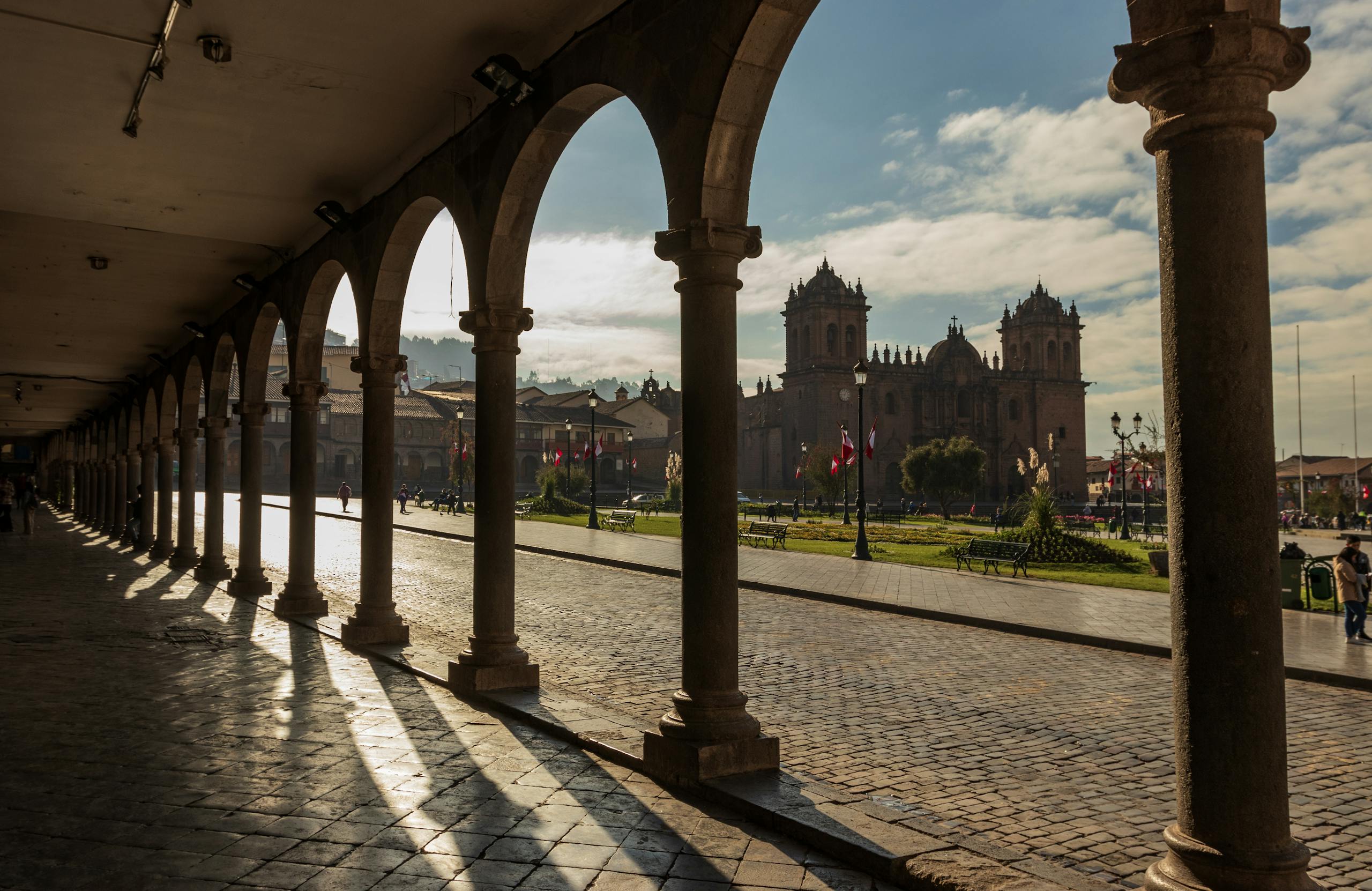
The Main Square.
Heart of Cusco, surrounded by colonial architecture, churches, and vibrant cultural events.
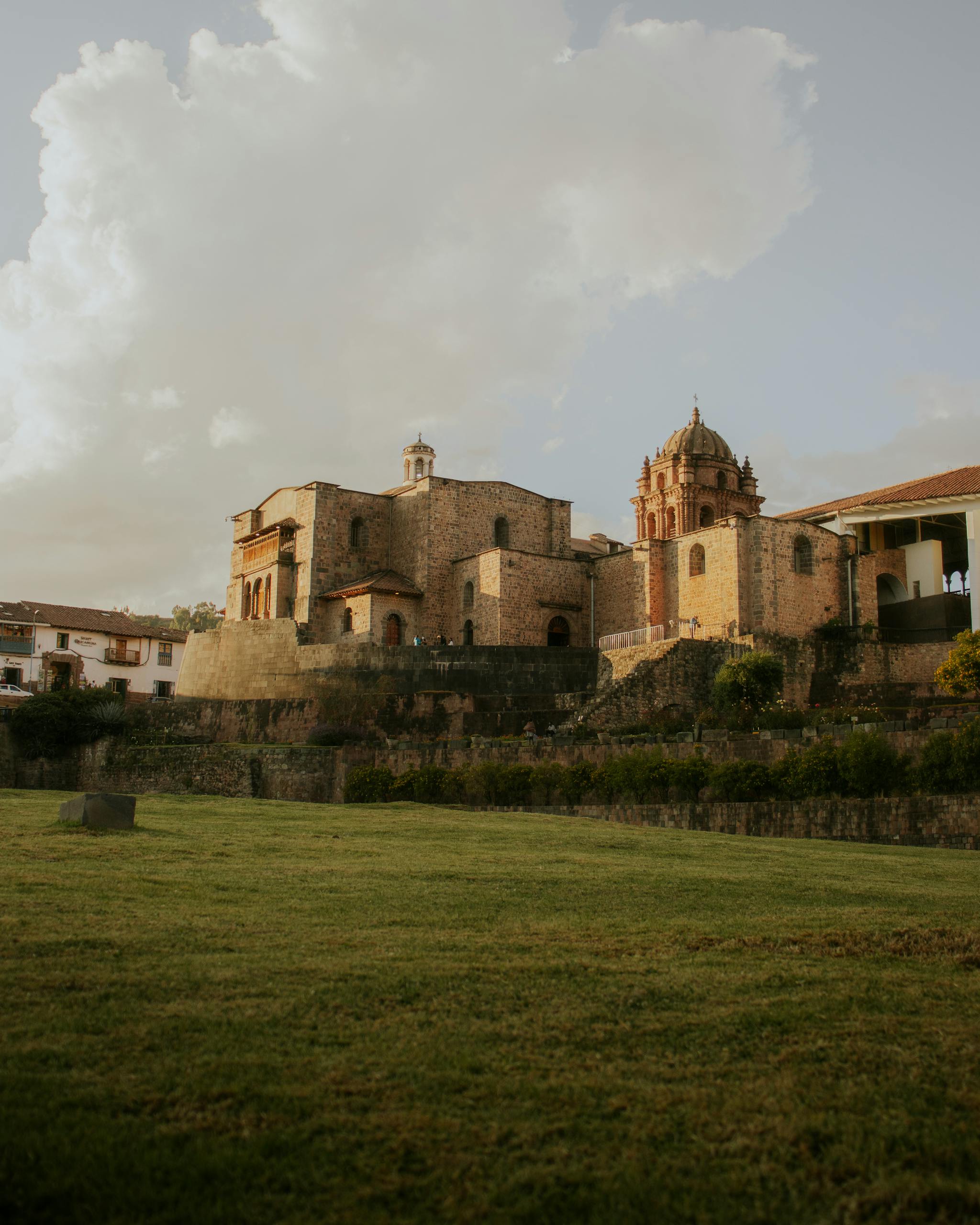
Qoricancha,Templo del Sol.
Inca temple of the sun, showcasing exquisite stonework and a fusion of Inca and colonial architecture.
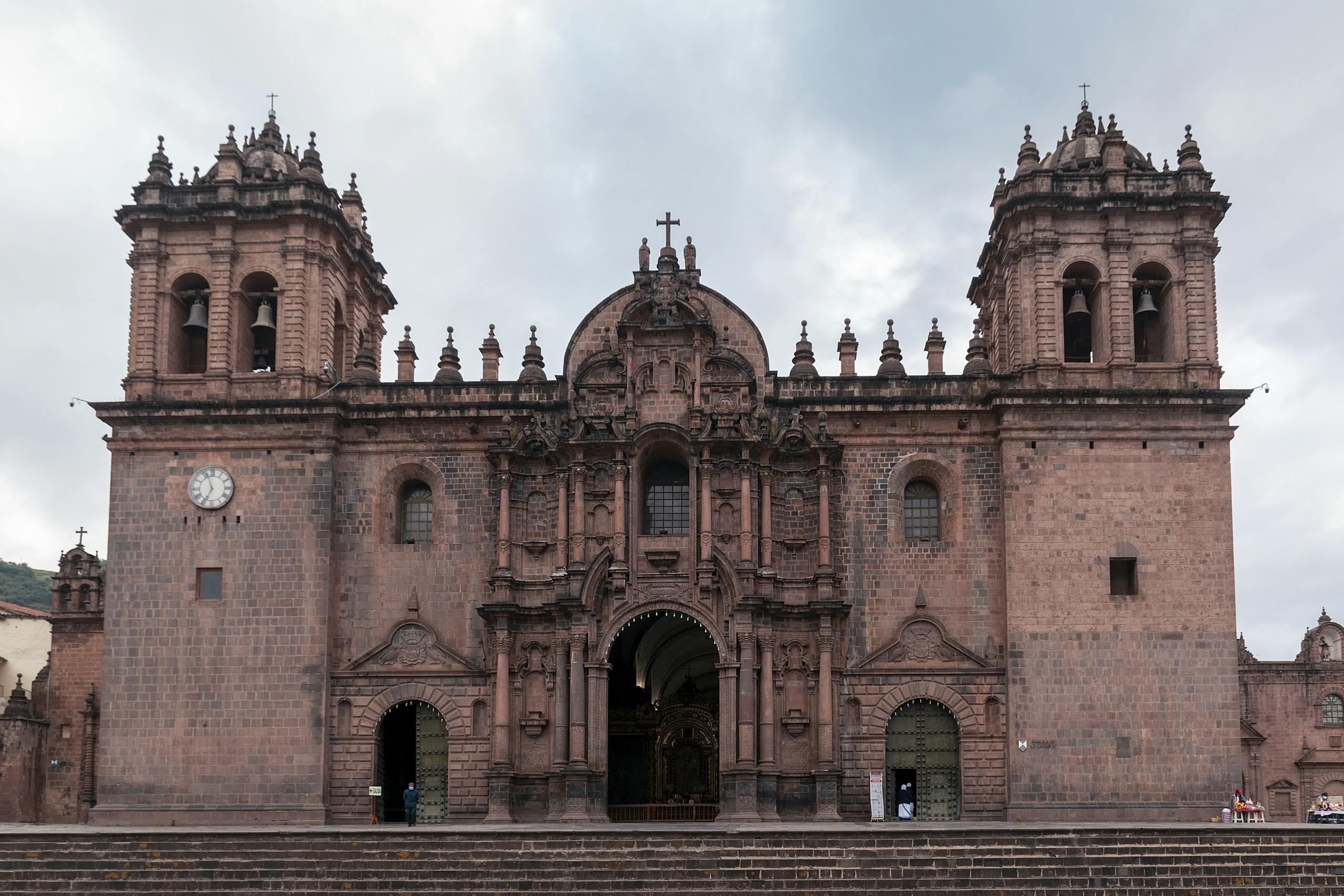
La Catedral
Stunning colonial church with intricate artwork, gold altars, and a blend of Inca and Spanish styles.
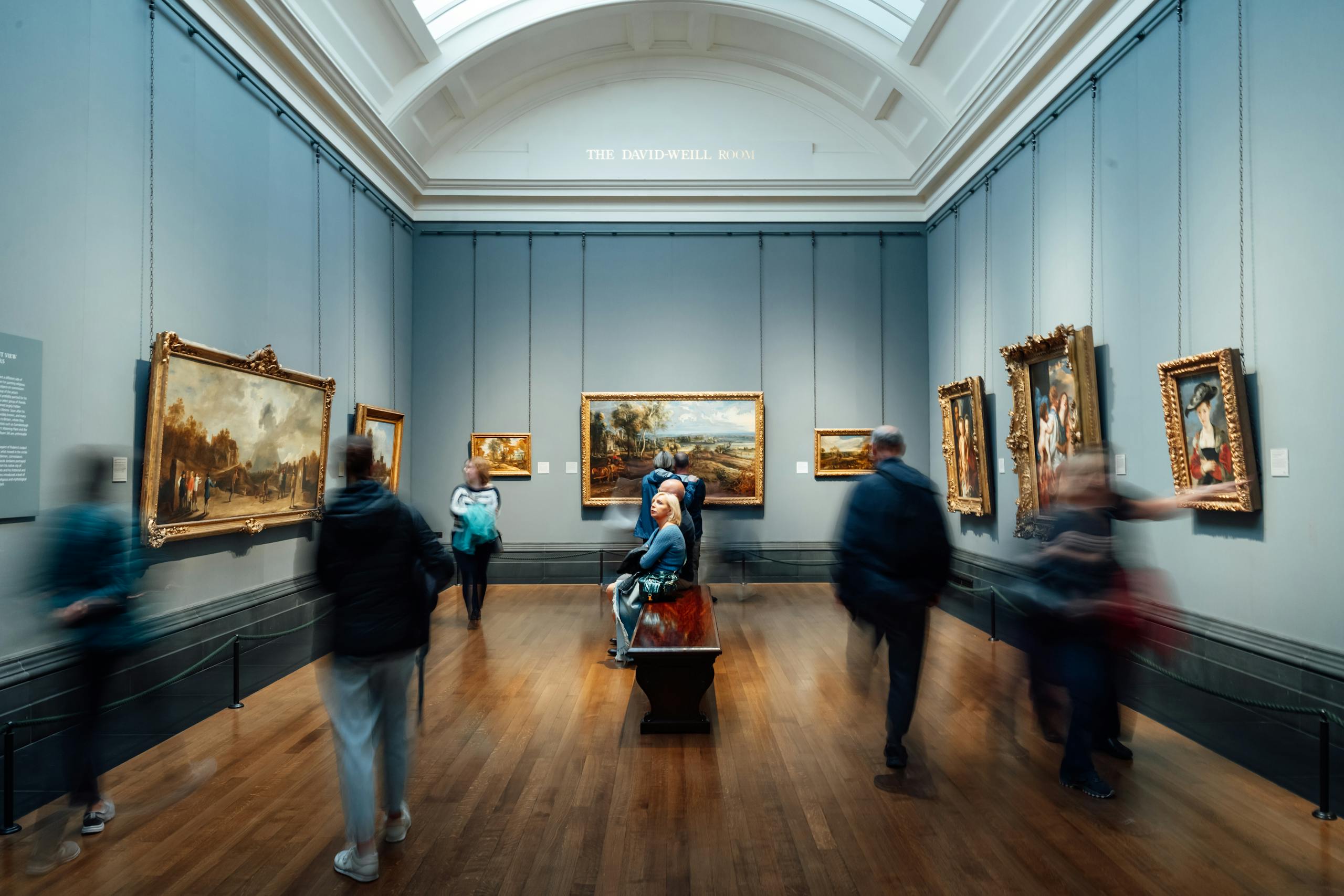
Museo de Arte Precolombino
Houses ancient artifacts, ceramics, and textiles, highlighting Peru’s rich pre-Columbian cultures.
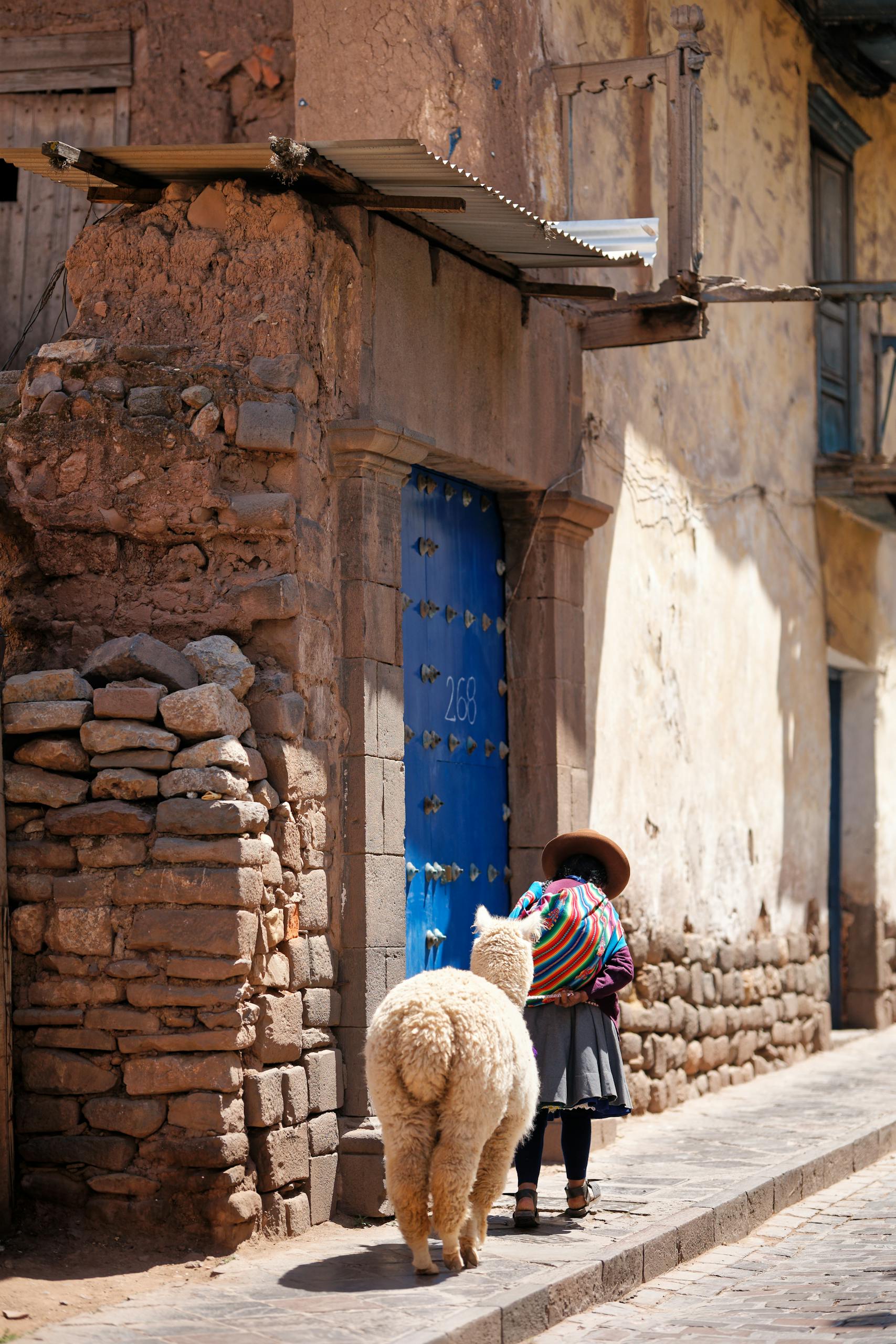
Exploring the Ruins
Just outside Cuzco. The best way to see the following set of Inca ruins just outside Cusco is as part of a half-day tour (Cusco City tour)..
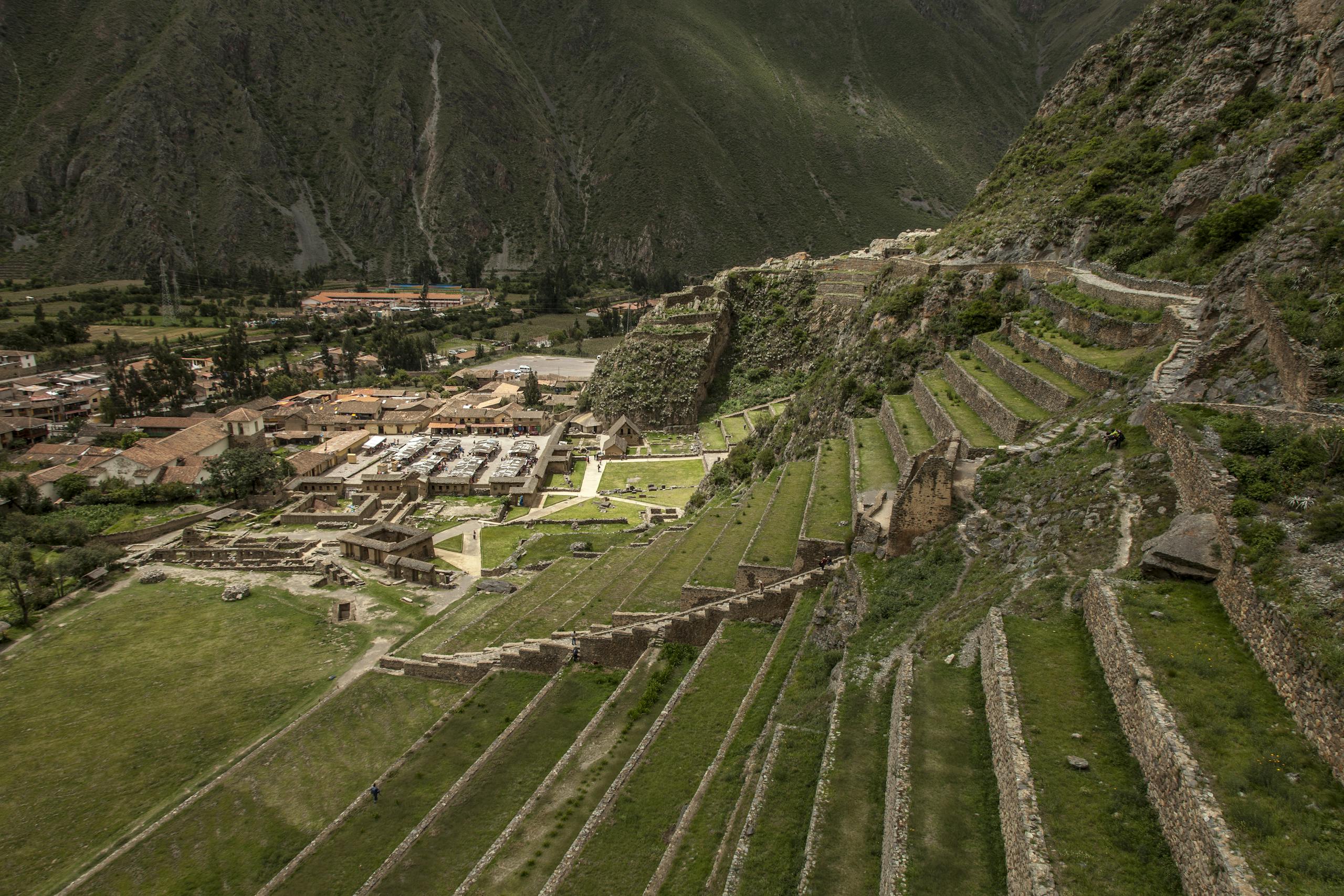
Ollantaytambo
Inca archaeological site and living town, featuring terraces, temples, and a glimpse into Inca urban planning.
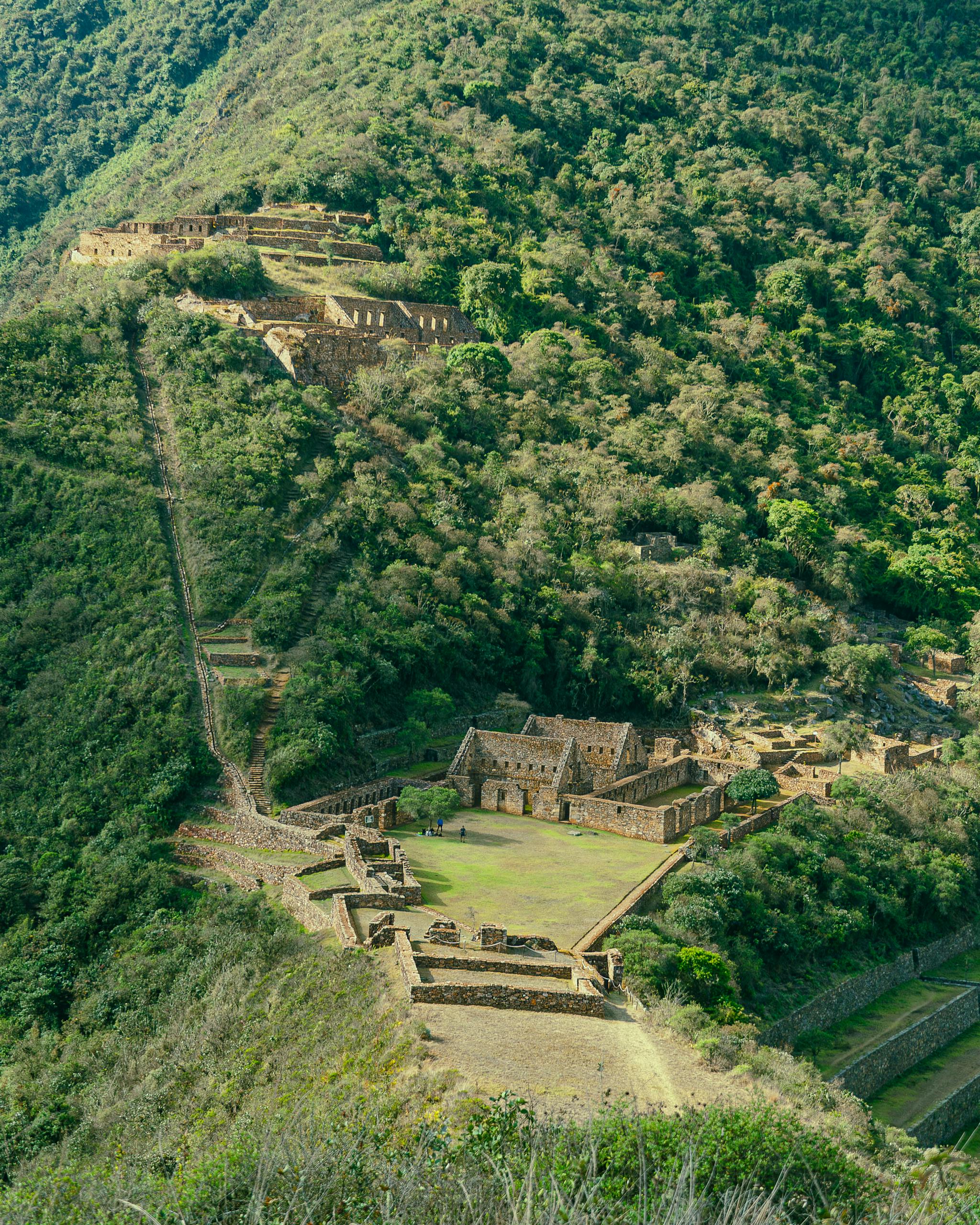
Choquequirao
Remote Inca ruins, known as “Machu Picchu’s sister,” offering trekking adventures and stunning mountain views.
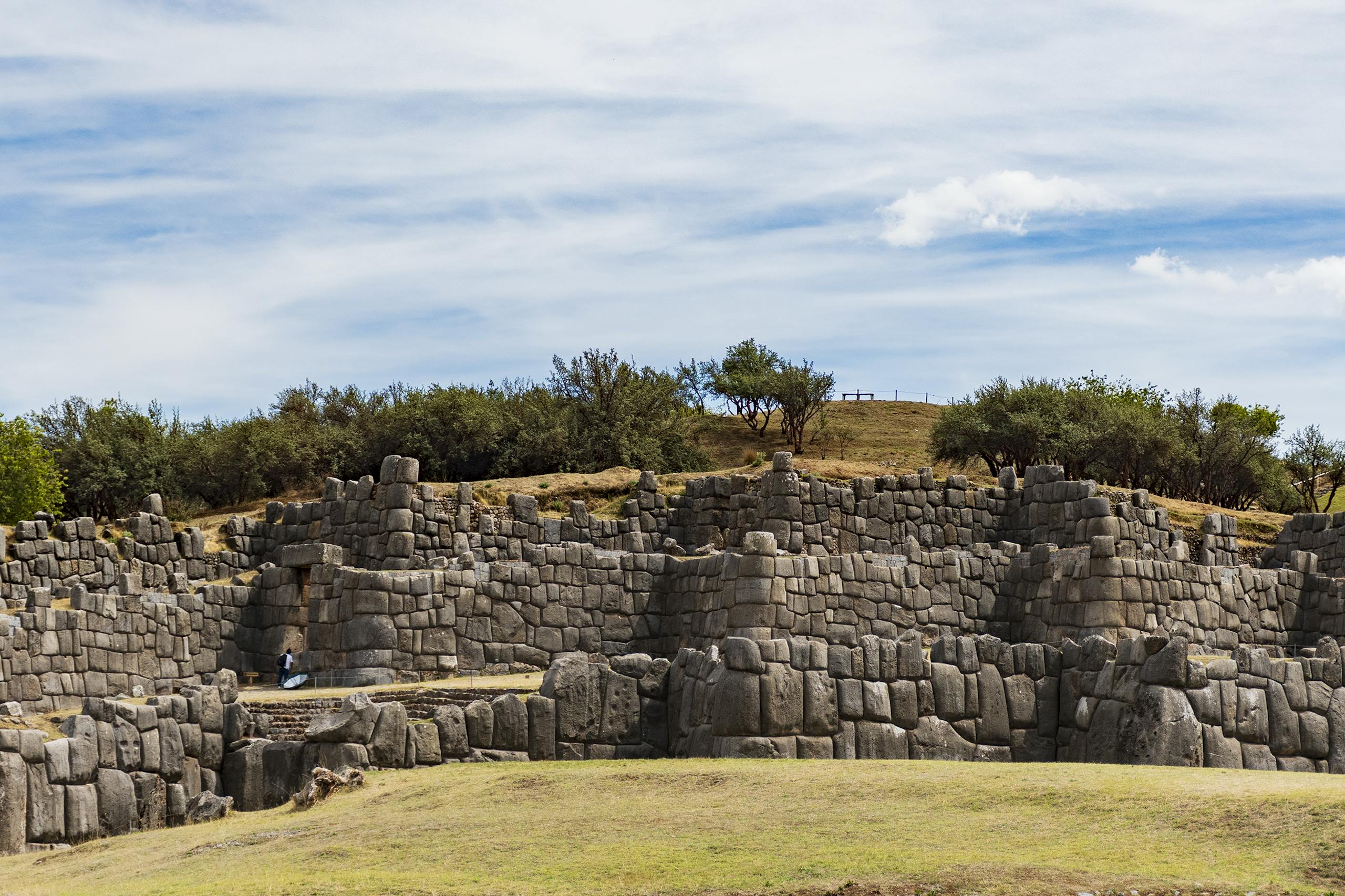
Sacsayhuaman
Massive Inca fortress with colossal stone walls, offering panoramic views of Cusco and historical significance.
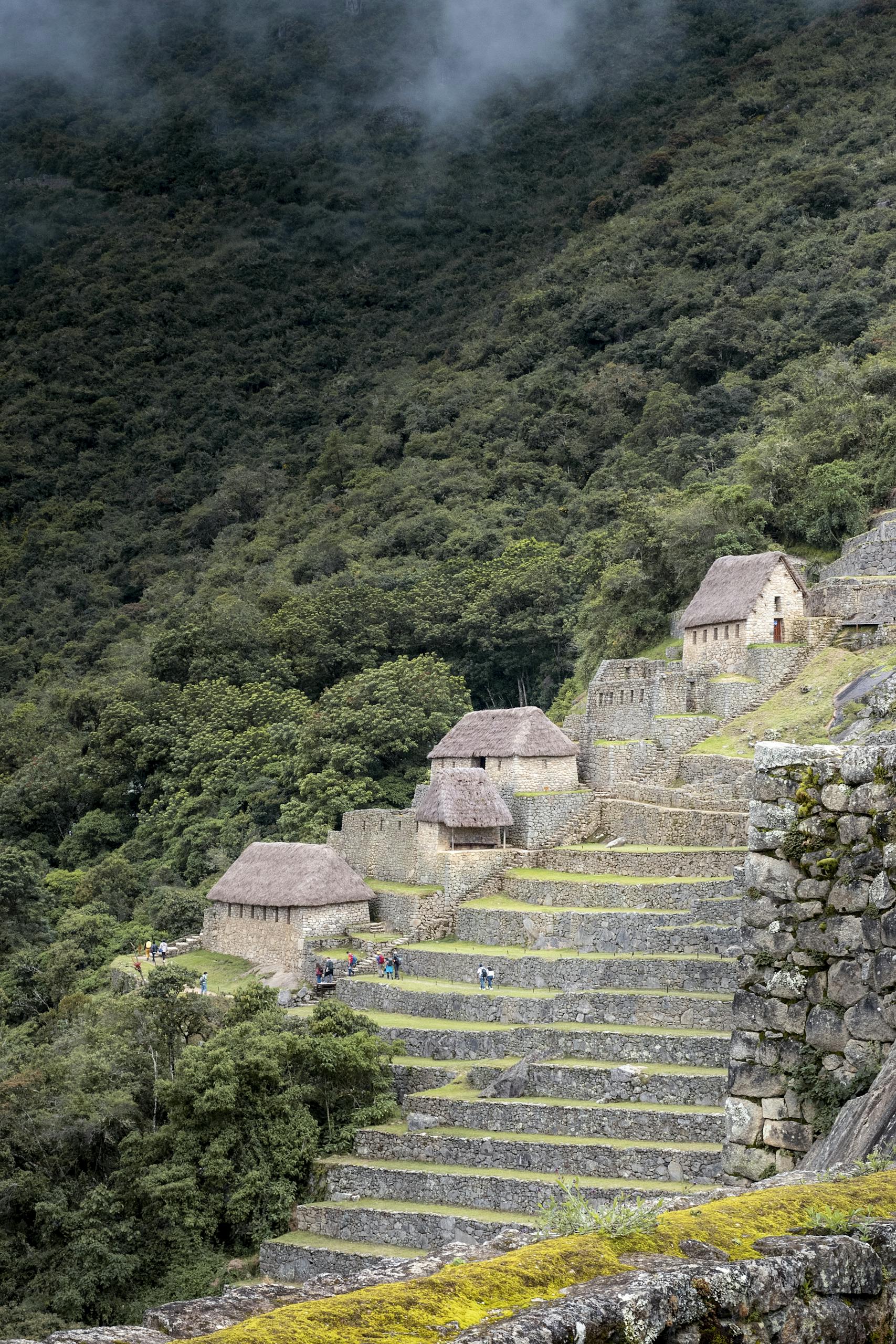
The Inca Trail
Iconic trek through diverse landscapes, leading to Machu Picchu, with ancient ruins along the way.
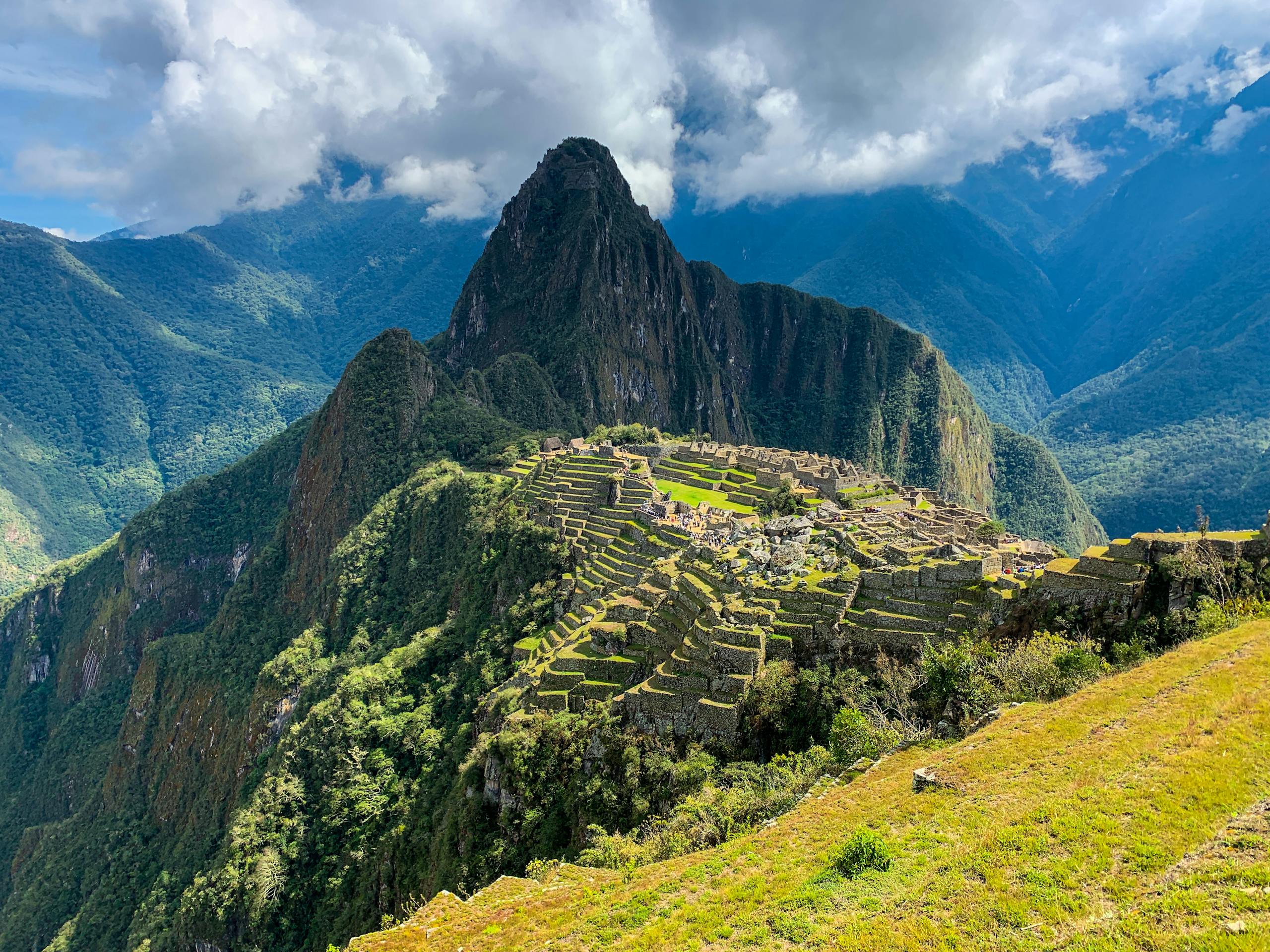
Machu Picchu
World-famous Inca citadel, perched in the Andes, showcasing breathtaking architecture and mystical history.
